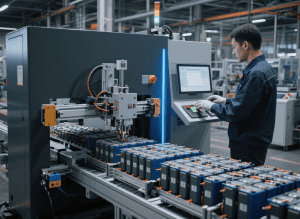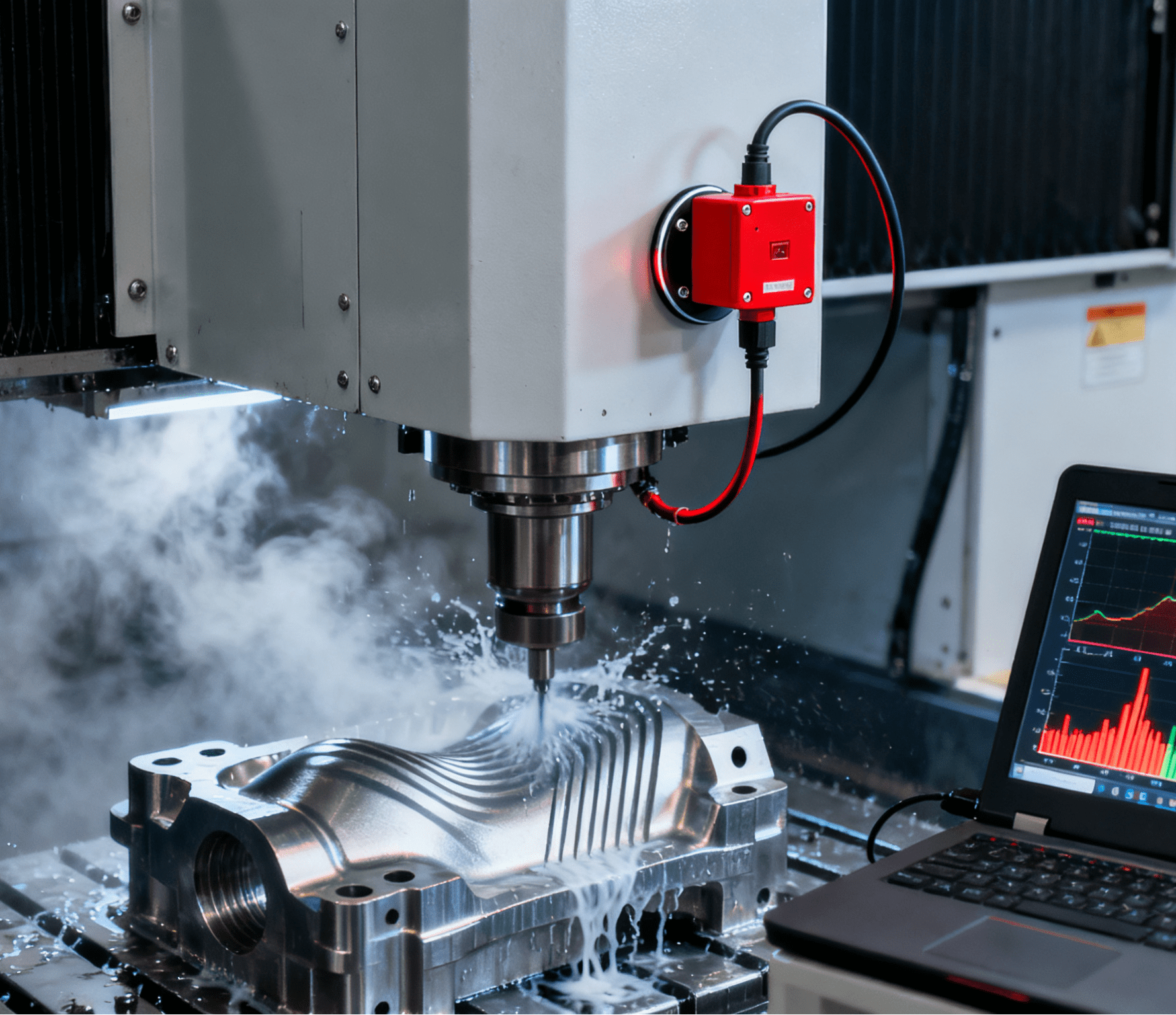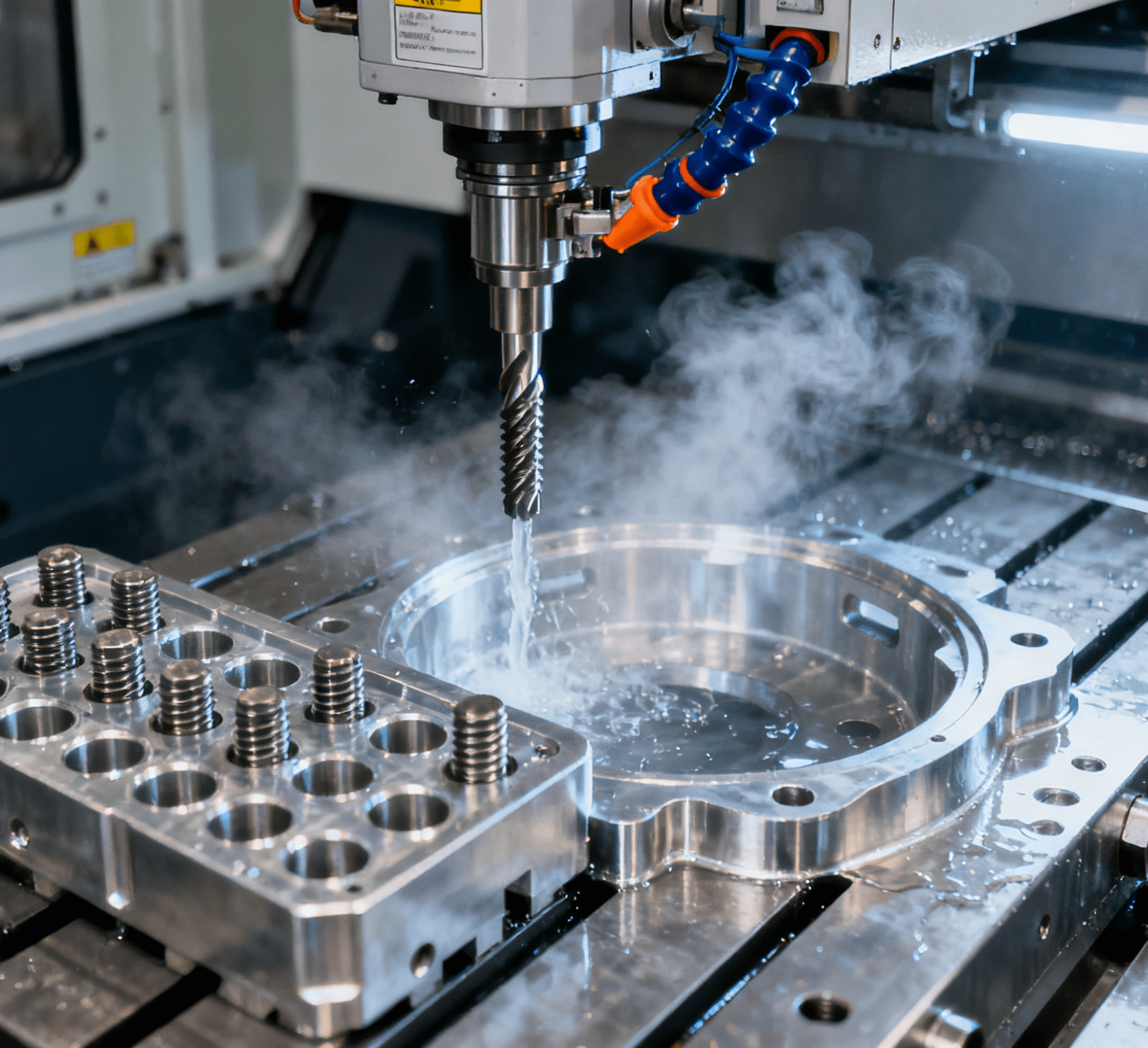Table of Contents
ToggleRevolutionizing Flexible Automated Assembly: Ruizhi Intelligence Leads the New Paradigm of Intelligent Production

In the wave of global manufacturing transformation towards flexibility and intelligence, traditional fixed-beat assembly models can no longer meet the production needs of multi-variety and small-batch products. Recently, Ruizhi Intelligence has launched a new generation of Flexible Automatic Assembly Equipment, which overcomes the flexible production challenges in multiple industries such as 3C electronics, new energy batteries, and medical devices with modular design and AI-driven adaptive capabilities, pushing the manufacturing industry into a new stage of intelligent assembly featuring “rapid changeover and precise adaptation”.
Core Technological Breakthroughs: Deep Integration of Flexible Architecture and Intelligent Decision-Making
Reconfigurable Modular Assembly Unit
The equipment adopts a building-block architecture of “basic platform + functional modules”, achieving multi-scenario adaptation through industrial-grade quick-change interfaces:
- Standardized Mechanical Base: Using a carbon fiber lightweight base with a six-axis linkage core framework, the positioning accuracy reaches ±0.01mm, capable of undertaking assembly tasks with different loads of 20-50kg.
- 12 Categories of Functional Module Libraries: Covering modular components such as tightening modules (±0.02N·m torque control), visual inspection units (5K cameras + lidar), and clean assembly cabins (ISO 5 standard). A consumer electronics enterprise achieved mixed-line production of 20 products by switching between mobile phone camera modules and wireless charging modules, reducing the changeover time from 2 hours to 12 minutes.
Digital Twin-Driven Intelligent Scheduling System
The equipment integrates digital twin models and edge computing servers to construct an intelligent closed-loop of “virtual debugging – real-time optimization”:
- 3D Process Pre-Verification: Simulating the assembly process in a virtual environment to identify interference risks in advance. After application by a new energy battery enterprise, the process debugging time for tab welding procedures was compressed from 8 hours to 1.5 hours.
- Real-Time Data Feedback Network: Collecting data from 200+ sensors through 5G+OPC UA protocols, with AI algorithms dynamically adjusting assembly parameters. In the lithium battery pole piece lamination process, the system automatically optimizes the pressing force according to the pole piece thickness fluctuation (±5μm), increasing the yield rate from 91% to 99.2%.
Adaptive Force Control and Visual Collaboration System
- Seven-Axis Force-Controlled Robotic Arm: Equipped with 32-bit six-dimensional force sensors, the force control accuracy reaches 0.01N, capable of identifying abnormal resistance mutations of 0.1N. In medical catheter assembly, the robotic arm presses with a constant force of 0.5N, reducing the catheter deformation rate by 85% compared with traditional rigid assembly.
- Multimodal Visual Fusion: Integrating structured light scanning (0.1μm resolution) and deep learning detection (99.3% defect recognition rate), it achieves 0.02mm-level gap control in automotive sensor assembly, with optical axis deviation ≤0.01°.
Application Scenarios in Practice: Efficiency Revolution of Cross-Industry Flexible Production
Case 1: Mixed-Line Assembly of 3C Electronic Products
In the smart factory of a leading mobile phone manufacturer, the comparison between traditional dedicated lines and flexible equipment is as follows:
| Process Type | Dedicated Line Production (5 Lines) | Ruizhi Intelligence Flexible Equipment (2 Units) |
| Product Switching Time | 4 hours | 15 minutes |
| Small-Batch Order Cost | 30% higher | 45% reduction |
| Capacity Utilization | 65% | 92% |
Especially in camera module assembly, the equipment can handle different specifications of lenses from 5MP to 100MP simultaneously by replacing visual calibration modules and tightening tools. The assembly time for a single module is stabilized at 28 seconds, increasing efficiency by 12 times compared with manual line switching to meet the rapid iteration needs of new mobile phone models.
Case 2: Flexible Assembly of New Energy Batteries
Aiming at the mixed production demand of multiple lithium battery models, the equipment demonstrates unique advantages:
- Pain Points of Traditional Processes: Different specifications of batteries such as 18650/21700/4680 require independent production lines, with a capacity idle rate of 40%, and the tab welding yield fluctuates by ±5%.
- Flexible Solution: Completing model switching within 10 minutes by replacing welding modules (adaptive switching between pulse welding/laser welding) and material conveying units. After application by a battery manufacturer, the production line switching cost was reduced by 70%, the tab welding yield rate increased to 99.8%, and the annual cost savings exceeded 8 million yuan.
Industry Impact: Opening the Era of Flexible Manufacturing 4.0
As the global manufacturing industry faces intensified trends of “multi-variety and small-batch” production (it is expected that customized orders will account for 40% by 2025), flexible assembly capabilities have become the core competitiveness of enterprises. The R&D director of Ruizhi Intelligence pointed out that the equipment supports cross-factory sharing of process parameters through a cloud platform. An automotive parts group achieved unified process standards across 12 factories, resulting in a 22% decrease in product defect rates.
At present, the equipment has been implemented in leading enterprises such as Huawei, CATL, and Mindray, averagely reducing 18 workers per production line and decreasing workshop area by 38%. Industry data shows that the flexible automatic assembly equipment market will grow at an average annual rate of 30% in the next 3 years. Solutions with digital twin and modular design will become the mainstream, promoting the thorough transformation of the manufacturing industry from “mass production” to “flexible intelligent manufacturing”.
Technical Extension: The equipment’s digital twin system has obtained a national invention patent (ZL2024XXXXXX), and the force control technology has been included in the 2024 Global Industrial Automation White Paper. Ruizhi Intelligence will demonstrate the rapid switching assembly of 3C products and new energy batteries at the Shanghai Industry Fair in November 2025, where visitors can observe the real-time AI dynamic optimization production process.
#FlexibleManufacturing #IntelligentAssembly #Industry4.0 #DigitalTwin




















